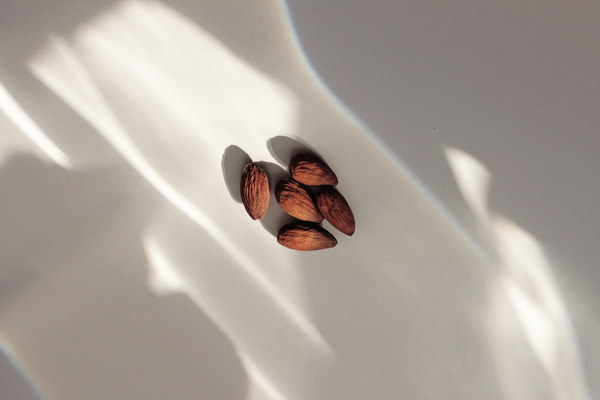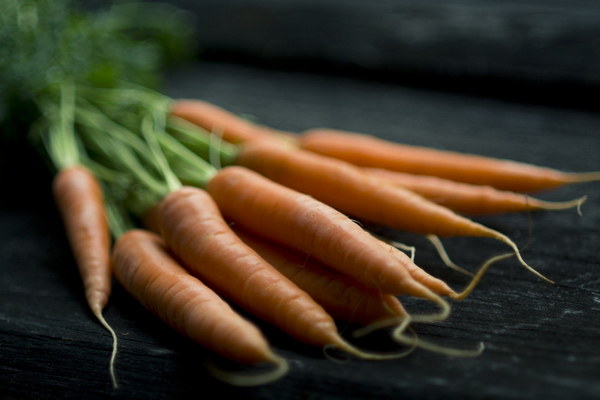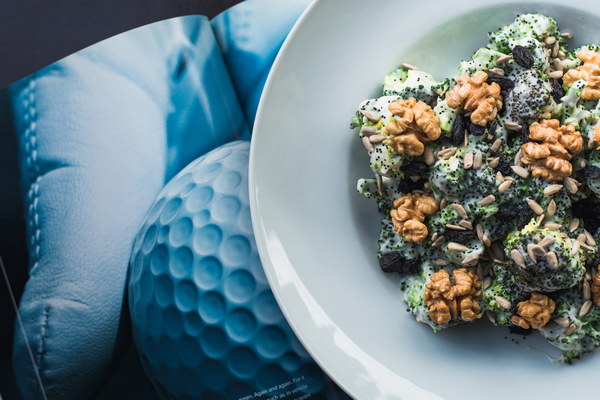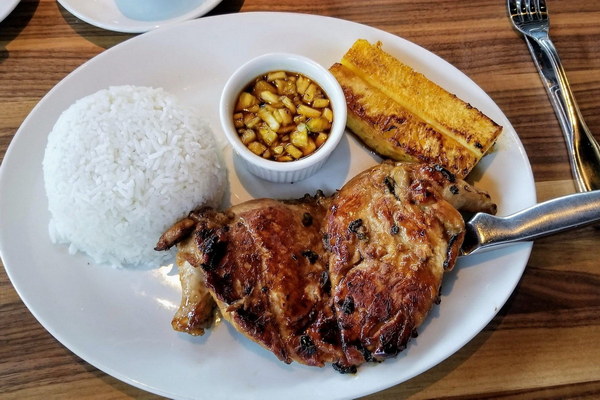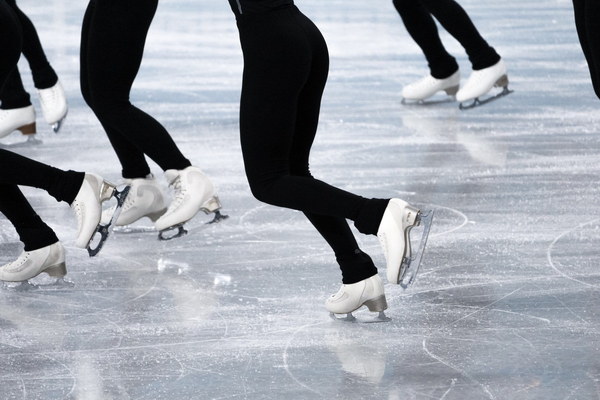Unlocking Wellness The Power of Four Acupuncture Points for Dampness Relief
In the realm of traditional Chinese medicine, dampness is considered a common culprit behind a multitude of health issues. To combat this yin excess, acupuncturists often target specific points on the body known to expel dampness and restore balance. Here, we delve into the four key acupuncture points that are commonly used to alleviate dampness, providing a comprehensive guide to their benefits and how they can be incorporated into your wellness routine.
1. Sanyinjiao (SP 6) - The Dampness Drainage Point
Sanyinjiao, located on the inner side of the lower leg, is a vital point for addressing dampness. Its name translates to Three Yin Meeting Point, indicating its connection to the liver, spleen, and kidney meridians, all of which play a role in dampness regulation. By stimulating this point, acupuncturists aim to improve circulation, reduce swelling, and encourage the body's natural elimination of dampness.
Benefits:
- Eases swelling and edema
- Alleviates symptoms of dampness such as fatigue, bloating, and weight gain
- Improves digestion and reduces water retention
- Supports liver and kidney function
How to Locate:
To find Sanyinjiao, measure four fingers above the ankle bone and then bend the knee slightly. The point is located on the inner side of the lower leg, where the tendons intersect.
2. Taixi (KI 3) - The Earth Point for Rooting Dampness
Taixi, also known as the Earth Point, is situated on the inner side of the ankle. It is an important point for nourishing the kidneys and spleen, which are essential organs for dampness elimination. By balancing these organs, Taixi helps to ground the body and expel dampness from its root.
Benefits:
- Strengthens kidney function and boosts immunity
- Supports the spleen's role in transforming and transporting nutrients
- Reduces dampness-related symptoms such as frequent urination, low back pain, and knee weakness
- Promotes overall balance and vitality
How to Locate:
To locate Taixi, simply press on the inner ankle bone. The point is found between the tendons on the inner ankle.
3. Qihai (CV 6) - The Sea of Energy for Dampness Detoxification
Qihai, or the Sea of Energy, is a central point on the abdomen that is associated with the spleen and kidney meridians. It is considered a powerful point for dampness detoxification, as it helps to regulate the body's fluids and improve digestion.
Benefits:
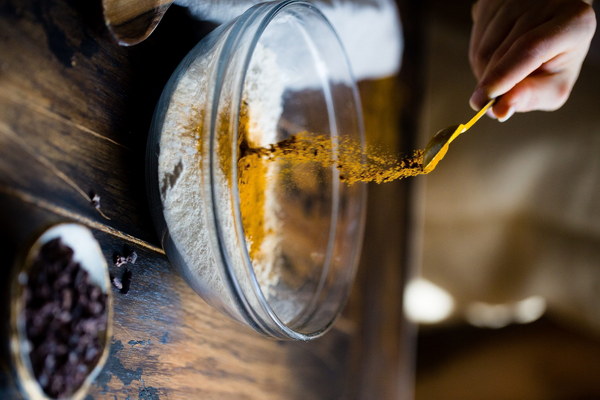
- Supports spleen function and reduces dampness
- Improves digestion and absorption of nutrients
- Strengthens the immune system
- Relieves symptoms of dampness such as bloating, constipation, and fatigue
How to Locate:
To find Qihai, place three fingers below the navel. The point is located directly below the navel, in the center of the abdomen.
4. Zusanli (ST 36) - The Great Stomach Point for Dampness Elimination
Zusanli, often referred to as the Great Stomach Point, is located on the outer side of the lower leg, just below the knee cap. This point is considered a master point for the spleen and stomach meridians, making it highly effective for dampness-related issues.
Benefits:
- Strengthens the spleen and stomach, promoting healthy digestion
- Supports the body's defense mechanisms against dampness
- Reduces water retention and bloating
- Enhances overall energy and vitality
How to Locate:
To locate Zusanli, measure four inches below the knee cap, on the outer side of the lower leg. The point is found between the tendons.
Incorporating these four acupuncture points into a regular wellness routine can provide significant relief from dampness-related symptoms. While acupuncture is often the most effective method for targeting these points, you can also stimulate them at home using acupressure or by visiting a professional acupuncturist. Remember, the key to balancing dampness is to address it holistically, considering diet, lifestyle, and emotional well-being alongside physical treatment.
